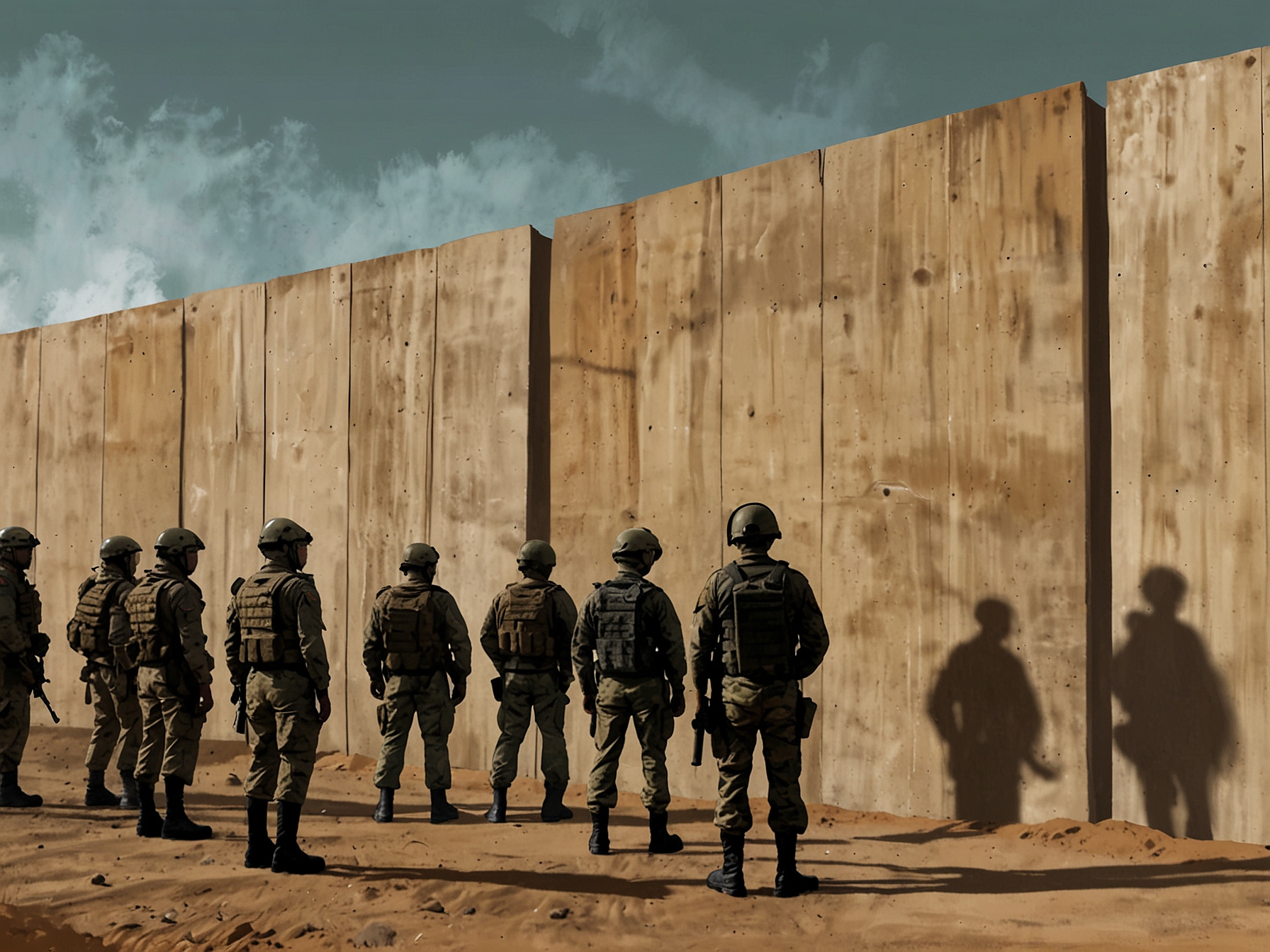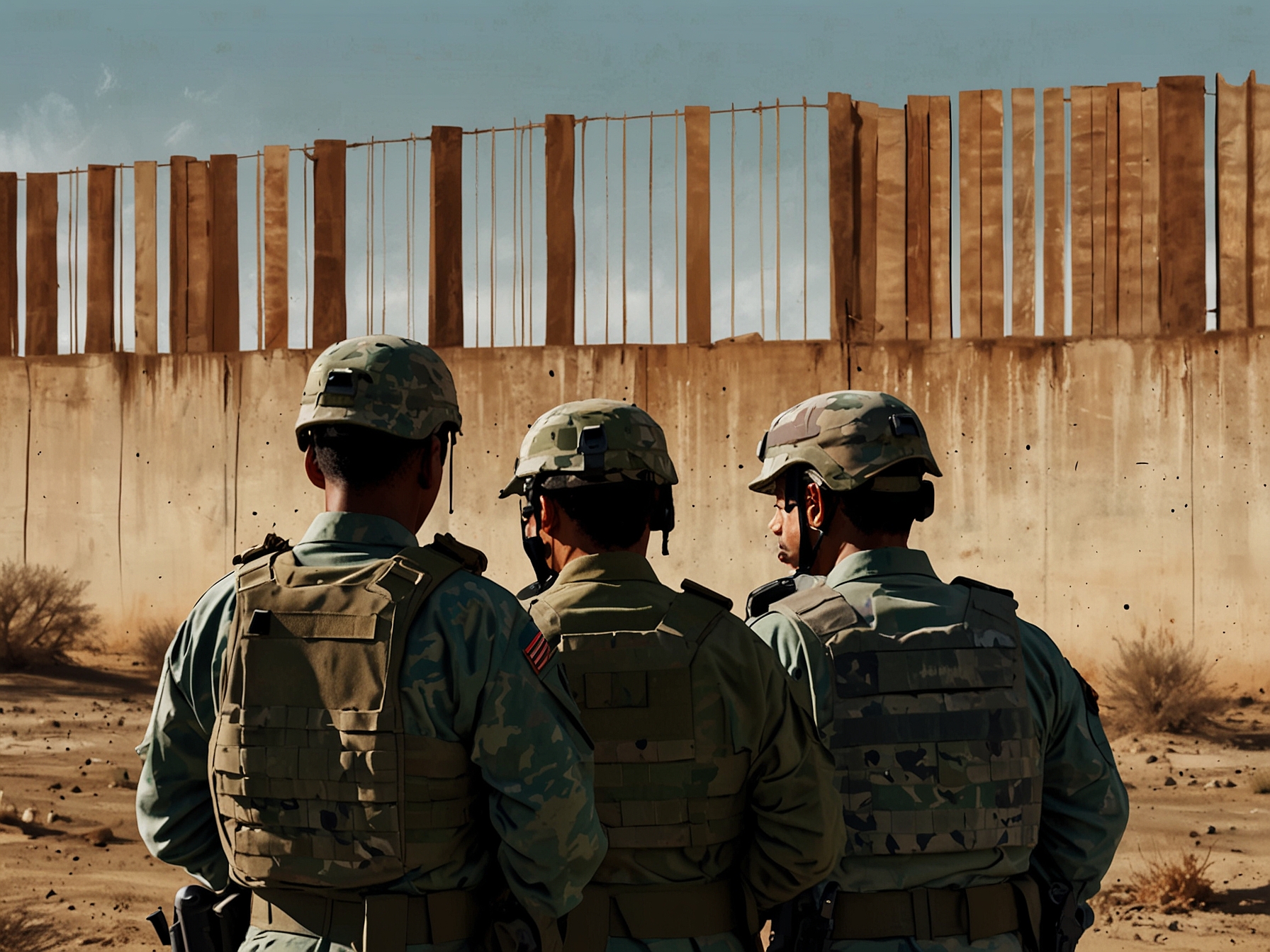Trump’s announcement about mass deportations has stirred worry. Will the military really carry out these plans? How will lives change if these deportations become a reality? Advocates claim that many will be affected. Navigating through this announcement shows an urgent need for understanding.
In a recent post, Trump confirmed he would use military assets. This came after a significant victory that left many in shock. The idea of deportations sounds extreme to some, but it echoes Trump’s campaign promises.

As he pursues this sizable agenda, legal challenges lurk. Supporters cheer while opponents fear the implications. The potential for chaos looms larger with military involvement.
Tom Homan returns as Trump’s ‘border czar.’ Homan’s role raises eyebrows about how aggressively things might unfold. A strict approach has many questioning if mercy will find a way in this fight.
Stephen Miller, known for controversial policies, is back. He has long defended harsh tactics against immigrants. His influence revives memories of familial separations and roundups.

The logistics of mass deportations present a real conundrum. Estimates suggest deporting millions would cost hundreds of billions. Critics argue we must consider the human cost over the fiscal one. When does economic concern trump (no pun intended) compassion?
Trump’s proposals include federalizing state National Guards. This raises questions about consent and state rights. Would Republican governors participate while their counterparts resist? The divide in states could lead to tensions we hardly want to imagine.
What’s more troubling is the lack of clarity on targets. Who gets deported, and will that include DACA recipients? These individuals were brought to the US as children, and they’re woven into the fabric of American society.

Civil liberties advocates warn of sweeping raids. The fear isn’t unfounded; lawful residents could find themselves caught in nets intended for others. An overreach could lead to tragic misunderstandings.
Trump’s statement about costs shows a stark perspective. He believes in action without worrying about dollars. But should cost—both human and financial—ever be on the back burner?
The community’s reaction continues to echo a different sentiment. Advocates believe mass deportation is not a solution, but fear. They describe it as a strategy to destabilize communities through panic.
The numbers affirm the complexity of the situation. With roughly 11 million undocumented people in the US, how does one even begin to tackle these figures? This makes Trump’s claims sound more like noise than viable policies.
Many Americans express discomfort with the potential fallout. What happens to families? What happens to businesses? As uncertainty mounts, a clearer picture seems ever elusive.
Legal experts have already categorized plans as problematic. The approach lacks humane considerations, they argue. Can true reform happen when compassion is on the chopping block?
This looming deportation agenda feels personal to many. Behind statistics lie human stories and struggles. It’s vital to highlight those affected as this dialogue progresses.
One cannot help but question Trump’s mandate. While he claims public support for deportations, surveys tell a different tale. Most oppose severe measures when realizing their impact.
Moving forward, what solutions exist? Advocates propose pathways to inclusion rather than exclusion. Understanding communities deeply can foster change.
Let’s reflect on the emotional toll this situation may have. Each statistic has a face, a name, and a family. As we navigate these waters, our humanity must guide us.




